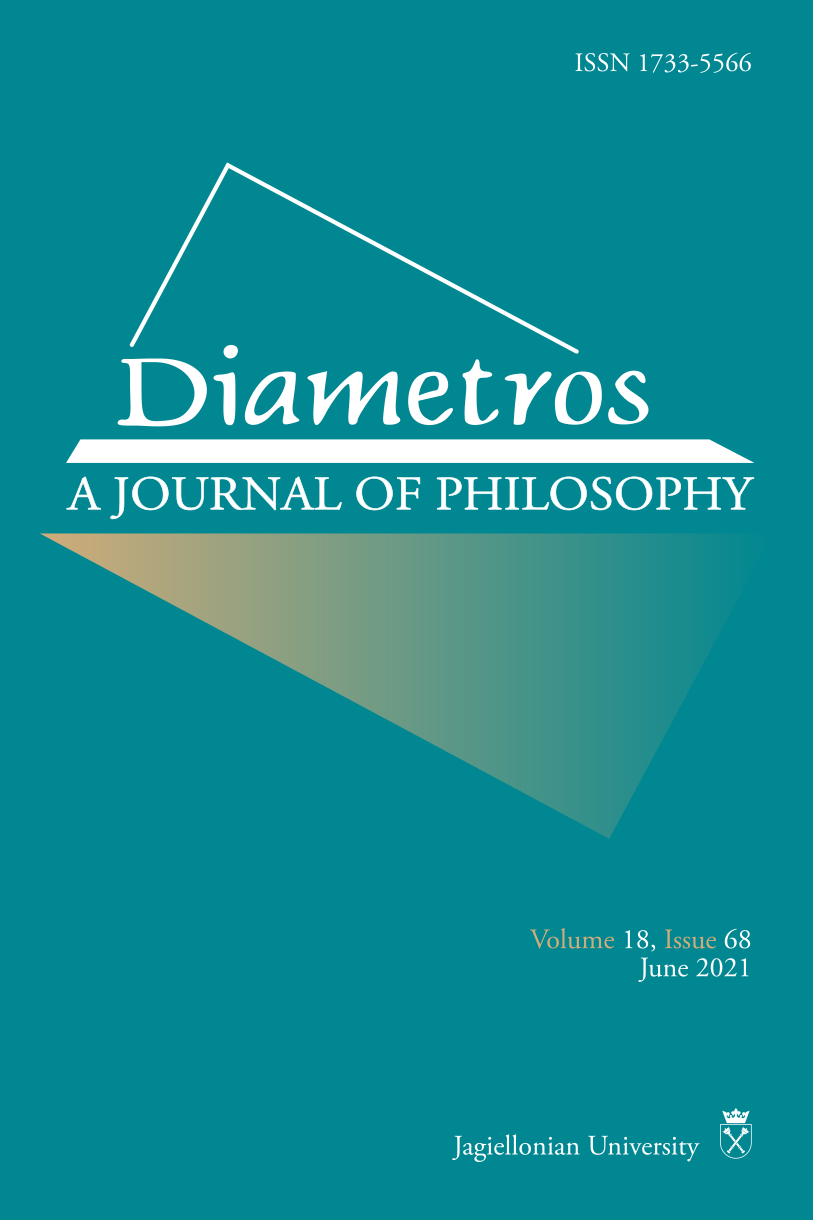Setting Health-Care Priorities: A Reply to Tännsjö
Main Article Content
Abstract
This paper firstly distinguishes between principles of “global justice” that apply the same anywhere and everywhere – Tännsjö’s utilitarianism, egalitarianism, prioritarianism and such like – and principles of “local justice” that apply within the specific sphere of health-care. Sometimes the latter might just be a special case of the former – but not always. Secondly, it discusses reasons, many psychological in nature, why physicians might devote excessive resources to prolonging life pointlessly, showing once again that those reasons might themselves be morally significant.
Article Details

This work is licensed under a Creative Commons Attribution-NonCommercial 4.0 International License.
By submitting his/her work to the Editorial Board, the author accepts, upon having his/her text recommended for publication, that Diametros applies the Attribution 4.0 International (CC BY 4.0) license to the works we publish. Under this license, authors agree to make articles legally available for reuse, without permission or fees. Anyone may read, download, copy, print, distribute or reuse these articles without asking prior permission from the publisher or the author, as long as the author and original source are properly cited. The author holds the copyright without any other restrictions. Full information about CC-BY: https://creativecommons.org/licenses/by/4.0/legalcode.
How to Cite
References
American College of Physicians’ Ethics, Professionalism and Human Rights Committee
(ACP) (2012), “American College of Physicians Ethics Manual: Sixth Edition,” Annals of Internal Medicine 156 (2): 73–104.
Biehl J.G. (2005), Vita: Life in a Zone of Social Abandonment, University of California Press, Berkeley.
Diener E., Wirtz D., Sishi S. (2001), “End Effects of Rated Life Quality: The James Dean Effect,” Psychological Science 12: 124–128.
Elster J. (1990), “Local Justice,” Archives Européenees de Sociologie 31: 117–140.
Elster J. (1992), Local Justice: How Institutions Allocate Scarce Goods and Necessary Burdens, Russell Sage Foundation, New York.
Goodin R.E. (2015), “The Collective Action Problem,” [in:] Fair Priority Setting and Rationing at the Bedside, M. Danis, S. Hurst, A.M. Slowther et al. (eds.), Oxford University Press, Oxford: 224–237.
Gorovitz S. (1982), Doctors’ Dilemmas: Moral Conflict and Medical Care, Oxford University Press, New York.
Kahneman D., Fredrickson B.L., Schreiber C.A. et al. (1993), “When More Pain Is Preferred to Less: Adding a Better End,” Psychological Science 4 (6): 401–405.
Kaufman S. (2015), Ordinary Medicine, Duke University Press, Durham, NC.
Lepora C., Goodin R.E. (2013), On Complicity and Compromise, Oxford University Press, Oxford.
Lepora C., Goodin R.E., Shue H. et al. (2017), “Symposium on On Complicity and Compromise,” Journal of Medical Ethics 43 (4): 269–278.
Médecins Sans Frontières (MSF) (2008), “Living in Emergency,” URL=https://www.youtube.com/watch?v=mM3Na9a2mzw [Accessed 30.06.2020].
National Institute for Health and Care Excellence (NICE) (2008), “Social Value Judgments: Principles for the Development of NICE Guidance,” 2nd ed., NICE, London, URL=https://www.ncbi.nlm.nih.gov/books/NBK395865/pdf/Bookshelf_NBK395865.pdf [Accessed 30.06.2020].
Ratner S.R., French P.A., Lepora C. et al. (2016), “Symposium on On Complicity and Compromise,” Criminal Law and Philosophy 10 (3): 559–602.
Redelmeier D.A., Kahneman D. (1996), “Patients’ Memories of Painful Medical Treatments: Real-Time and Retrospective Evaluations of Two Minimally Invasive Procedures,” Pain 66 (1): 3–8.
Roth J. (1963), Timetables: Structuring the Passage of Time in Hospital Treatment and Other Careers, Bobbs-Merrill, Indianapolis.
Russell L.B. (2014), “Do We Really Value Identified Lives More Highly Than Statistical Lives?,” Medical Decision Making 34 (5): 556–559.
Schelling T.C. (1984), “The Life You Save May Be Your Own,” [in:] T.C. Schelling, Choice and Consequence, Harvard University Press, Cambridge, MA: 113–146.
Tännsjö T. (2019), Setting Health-Care Priorities: What Ethical Theories Tell Us, Oxford University Press, Oxford.
Tribe L.H. (1971), “Trial by Mathematics: Precision and Ritual in the Legal Process,” Harvard Law Review 84: 1329–1393.
Waldron J. (2012), Dignity, Rank and Rights, Oxford University Press, Oxford.
Walzer J. (1983), Spheres of Justice, Basic Books, New York.
Weinrib E.J. (1980), “The Case for a Duty to Rescue,” Yale Law Journal 90 (2): 247–293.
World Health Organization (WHO) (2001), The World Health Report 2001: Mental Health: New Understanding, New Hope, WHO, Geneva.




